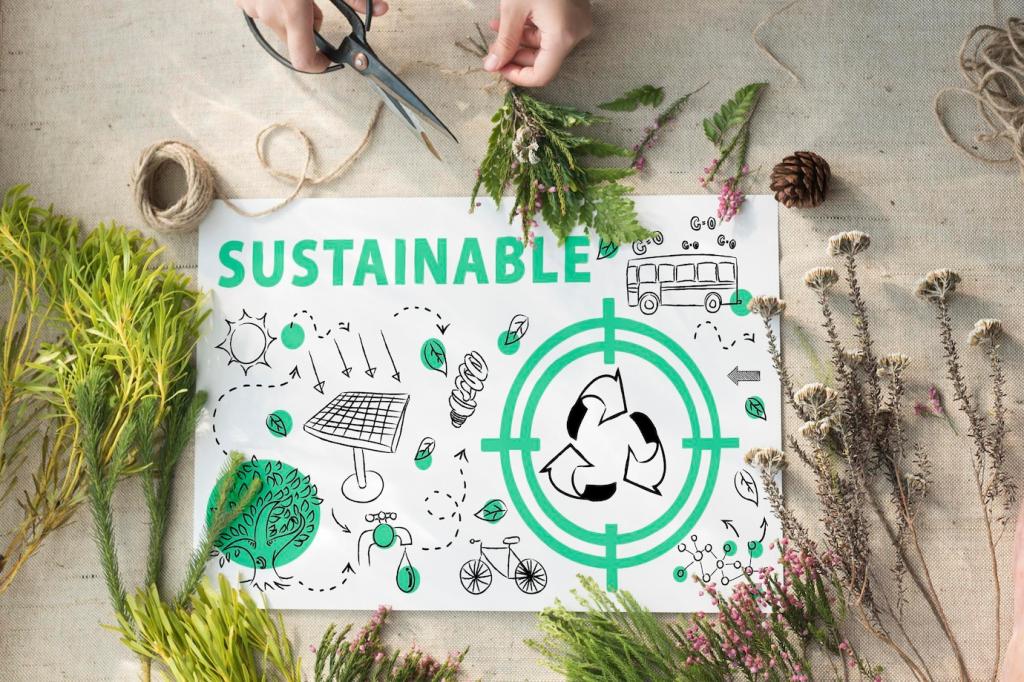
Power Up, Clean Up: Enhancing Charging Stations with Recycling Programs
Chosen theme: Enhancing Charging Stations with Recycling Programs. While vehicles recharge, communities can recharge their commitment to the planet. Join us as we turn charging downtime into a simple, engaging moment for sorting, learning, and reducing waste together.
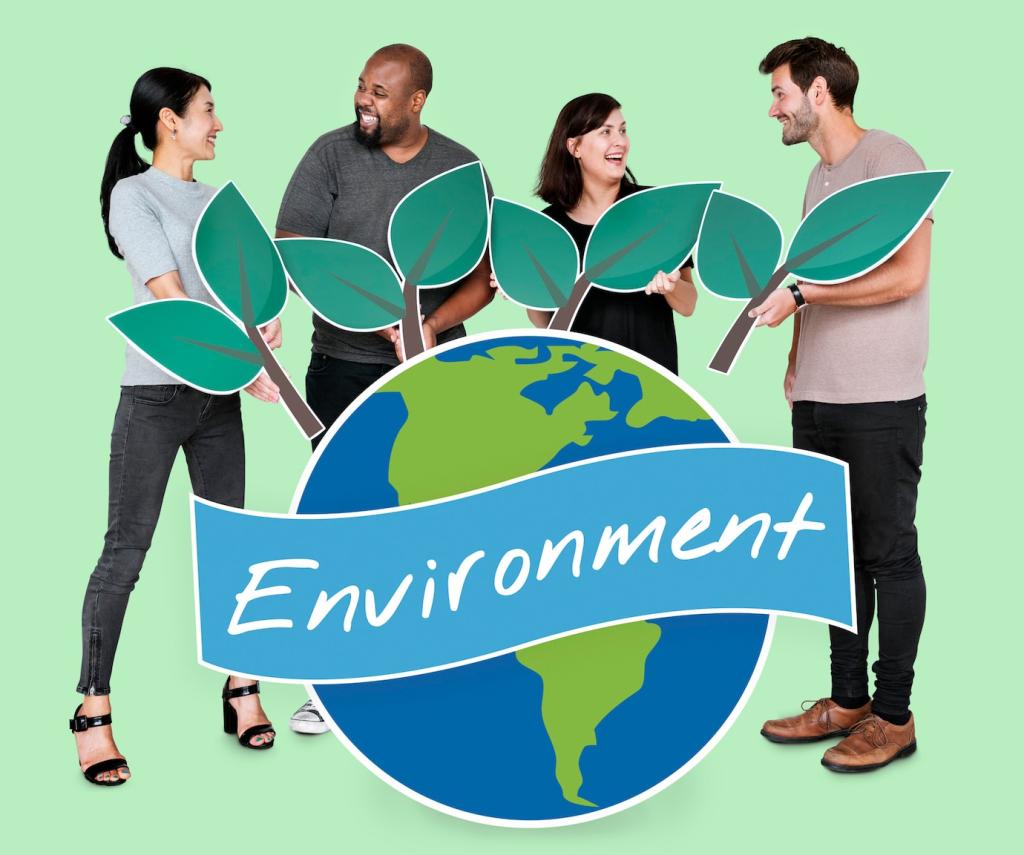
Designing Seamless Recycling Infrastructure
Placement That Follows Natural Movement
Put bins where people pause: by chargers, walkways, and entrances. Align openings with traffic flow, not against it. If users must detour, contamination rises. Proximity, visibility, and convenience make recycling second nature.
Color, Icons, and Lid Shapes
Consistent colors and clear iconography reduce guesswork. Bottle-shaped openings invite bottles; narrow slots cue paper. Use high-contrast labels at eye level and on lids. Share which color codes your city uses to keep habits consistent.
Weatherproof, Durable, and Modular Bins
Outdoor stations need UV-stable plastics or powder-coated steel, weighted bases, and lockable lids. Modular units grow with demand. Include internal liners for quick swaps. Ask us for a maintenance checklist tailored to seasonal conditions.
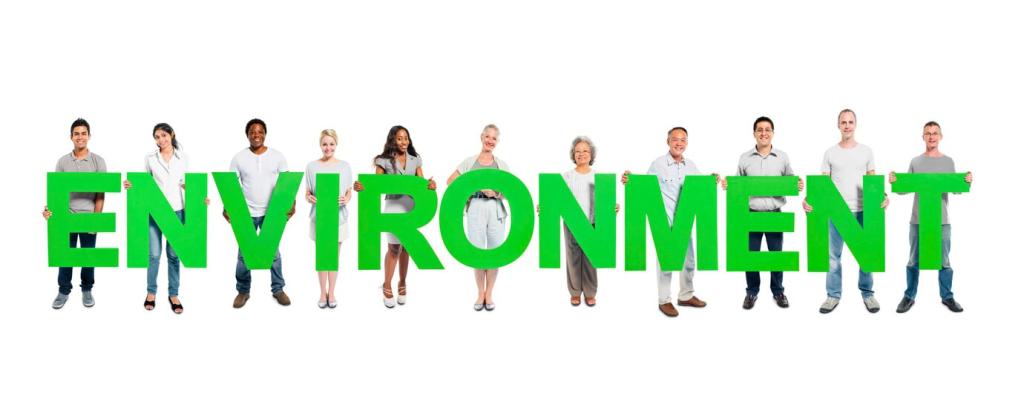
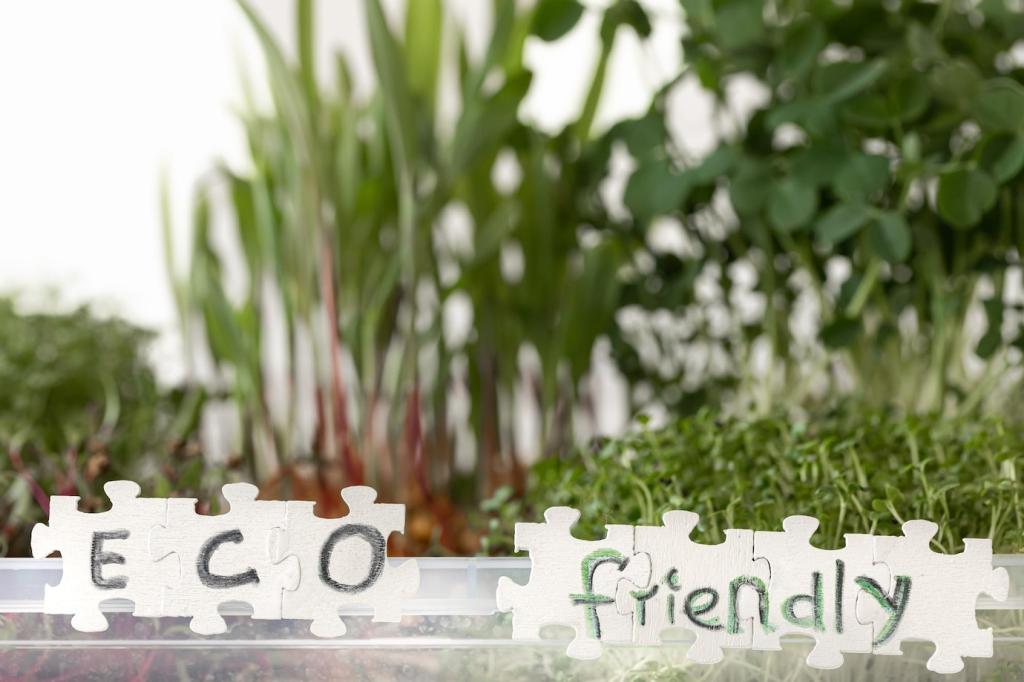

Operations, Partners, and Compliance
Define accepted materials with haulers up front. Set contamination thresholds, pickup schedules, and peak-hour plans. Train staff or attendants briefly but regularly. Document everything so new partners can onboard without confusion or downtime.
Operations, Partners, and Compliance
Local rules differ on plastics, compostables, and e-waste. Align signage with city standards and leverage extended producer responsibility programs for packaging and batteries. Ask us about your state’s latest EPR updates and opportunities.

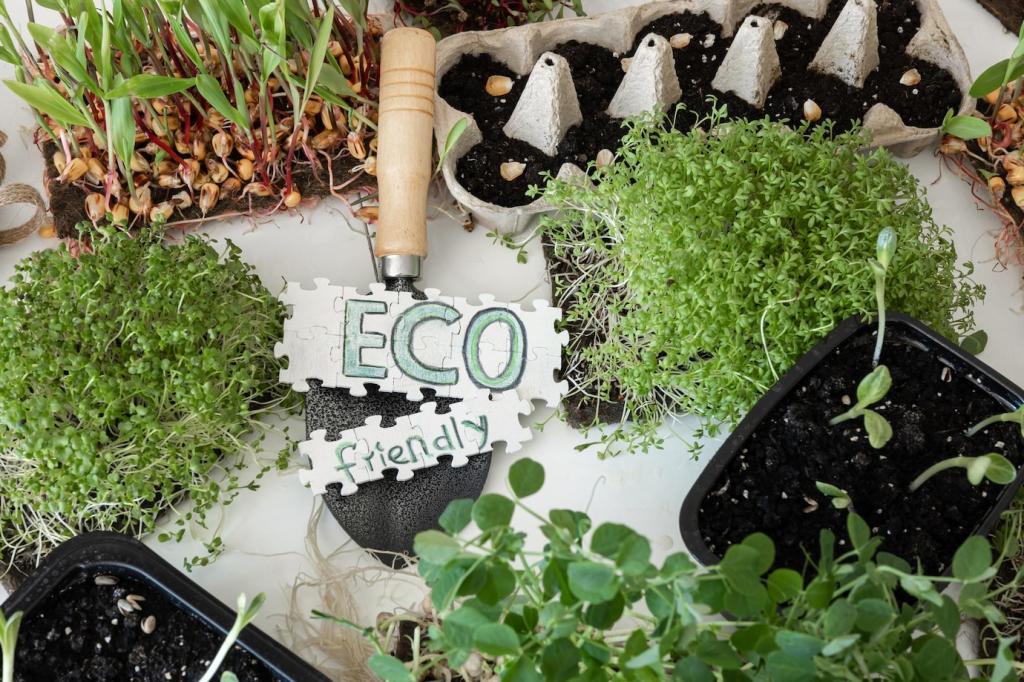
Data, Sensors, and Storytelling
IoT sensors predict when bins need service, reducing overflow and unnecessary pickups. Pair alerts with heat maps to refine placement. Start small with one pilot station and scale after two months of data.
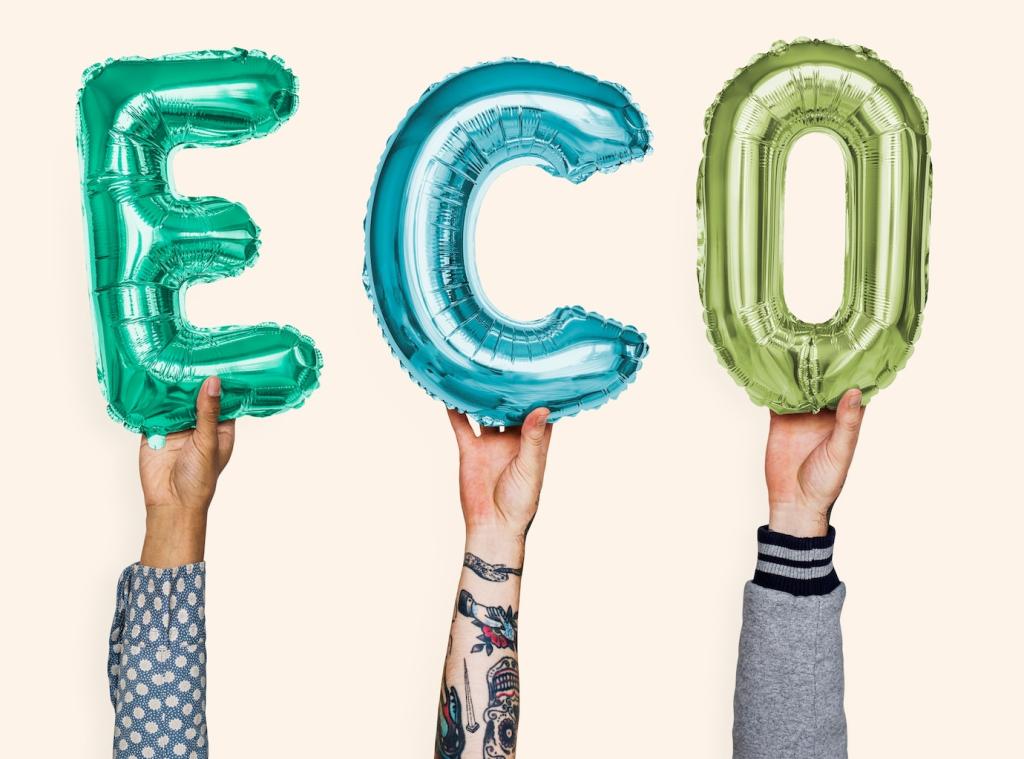

Data, Sensors, and Storytelling
Light-touch audits—quick visual checks and occasional sampling—reveal common mistakes without bogging teams down. Share summaries on-site: “We improved paper purity by 18% this month.” Transparency invites drivers to help close the gap.

The Coffee Cup Conundrum
Most contamination comes from poly-lined cups. Solutions: clear signage about cup types, a dedicated cup-only opening, and paired compost for unlined options. One site cut cup contamination by half in six weeks.
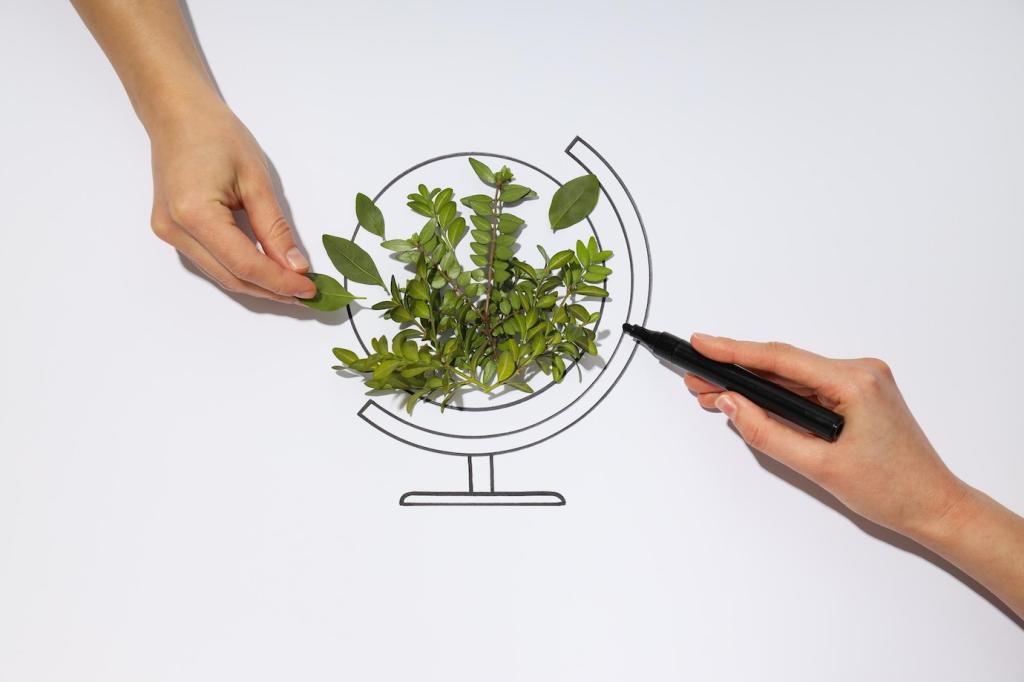
Nighttime Lighting and Security
Poor lighting discouraged use and led to overflow. Adding motion-activated LEDs and reflective labels improved sorting and safety. Consider cameras with privacy overlays to monitor fullness, not faces, building trust while improving service.
